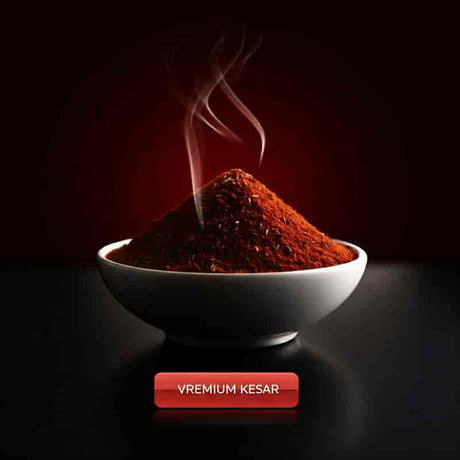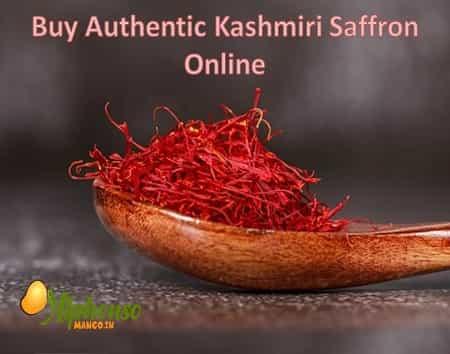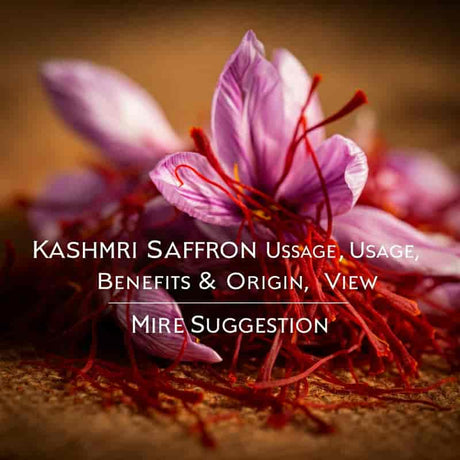
Saffron: The Golden Spice of Tradition
By Prashant Powle
Saffron: The Golden Essence of Flavour and Tradition It is known as the Golden Spice, Kashmiri Kesar, Kumkumapuvvu or Keshar and has a long history. It has been critical to many...
Read moreTaste the real Alphonso Mango SHOP NOW.

By Prashant Powle
Saffron: The Golden Essence of Flavour and Tradition It is known as the Golden Spice, Kashmiri Kesar, Kumkumapuvvu or Keshar and has a long history. It has been critical to many...
Read more
By Prashant Powle
Buy Authentic Kashmiri Saffron Online It is an aromatic red spice known as Kashmiri kesar, a type of saffron grown in India's Kashmir region. It is known for its high quality...
Read more
By Prashant Powle
Saffron Benefits, Uses & Origin Saffron is known as the "red gold spice." It has a long history and is essential in cooking because of its unique flavour. This prized...
Read more